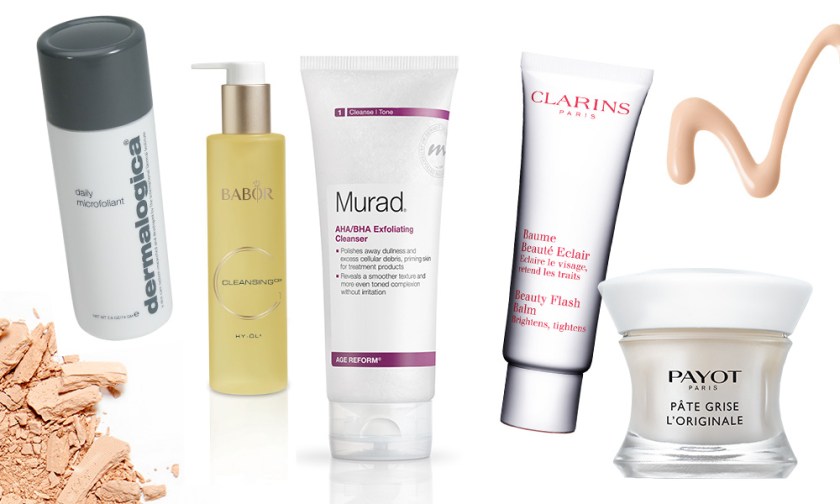Once upon a time, a certain lipstick was discontinued. When it suddenly disappeared from cosmetics counters, the outpouring of grief was global.
In the tube, the dark shade looked positively vampish but on the lips it was a subtle pinkish-brown that was universally flattering.
From pre-teens to seniors, people of all ages and skin tones mourned its absence and were so vocal about it that the remarkable happened – it was re-released in the original packaging, formula unchanged. A cult was born.
For a beauty product to attain cult status, there is usually hype. That is, buzz in the media, and rave reviews online.
Perhaps a product is (authentically) endorsed by a celebrity, or maybe it has simply endured the test of time. If a formula outlasts its newer and technically “more advanced” counterparts, it wins recognition for being exceptional.
A string of of prestigious awards helps too.
Hype aside, it’s not surprising that many cult beauty favourites are professional grade – they are famous because they are effective, after all.
And it goes without saying that retailing one (or more of them) at your spa, salon or clinic could drive devotees through your door.
We explore their histories and stories of our favourite cult classics skin and makeup items:

Beauty buffs who have battled blemishes will likely know about Pâte Grise, a holy grail in French luxury skincare brand, Payot. The formula hasn’t changed since it was launched in 1947 and it is still a top seller in the range.
The anti-inflammatory spot treatment contains just the right balance of Australian clay, zinc and sweet almond extract to draw out and soothe problem areas without dryness or flaking.
“It has a dedicated following and is popular with all kinds of people from teenagers looking to draw out blackheads to women prone to ingrown hairs,” says Judith Lennan, who stocks it in her business, Le Salon and Medi Spa in Hunters Hill, Sydney.
“Some of my regular clients just know it as “that pot of magic” and we are able to demonstrate our knowledge of the skin to those who pop in especially to buy it.”
Celebrating 70 years of zit zapping, Payot have redesigned the packaging to feature a lid the colour of sweet peas and artistic illustrations.
They have also released a formidable suite of products that pay homage to the much-loved spot treatment.
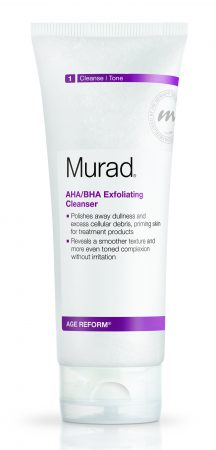
Despite the Hollywood location of Dr Murad’s headquarters, brand messaging of the science-meets-holistic-healing range is humble. It focuses on helping real people achieve optimum skin health.
And in our world of paid endorsements, this non-pretentious ethos means the rave reviews of celebrities are all the more authentic and powerful.
Indeed, beauty editors celebrated the A-list of big-names who candidly confessed their love of the AHA/BHA Exfoliating Cleanser back in 2002 when it hit the market.
But it wasn’t only famous faces that made the exfoliating cleanser such a hit. The formula contained glycolic acid, which, back then, was revolutionary in skincare; particularly effective in eradicating acne.
“Because the formula also contains a unique combination of acids and sodium PCA, it leaves skin super hydrated as well as exfoliated,” explains Emma Hindmarsh, spokesperson for the brand. “That’s why thousands of women all over the world are devoted to it.”
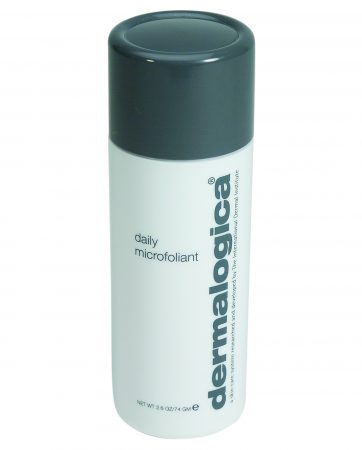
Dermalogica’s Daily Microfoliant was an instant hit when it was launched in 2001 and is still a best seller in the range.
“One of the reason it is so popular is that it’s a great “first product” for people who’ve never used anything but soap and water,” says Jane Wurwand, Dermalogica founder.
“Feeling and seeing the difference, and experiencing the benefits of safely exfoliated skin every day, changes how people approach and appreciate their hardworking epidermis.
“In the 90s in the US, it was almost as if women had declared war on their skin. Over-exfoliation, in the form of multiple medi-spa procedures and the compounded effects of aggressive products, was rampant.
“Hopefully, Daily Microfoliant has helped to offset this overzealousness. Daily Microfoliant is more relevant than ever, because many women still seek out exfoliation regimens which are simply too aggressive, especially as our population ages.
“They do this because they have half of the message right: that exfoliation is key to healthier, more supple, “younger” looking skin.”
As it is a fixture in so many bathroom cabinets, people all over the world can rest assured that the recently released Daily Superfoliant (also a powder activated in water) wasn’t made to replace or improve on the original formula. It works in harmony.
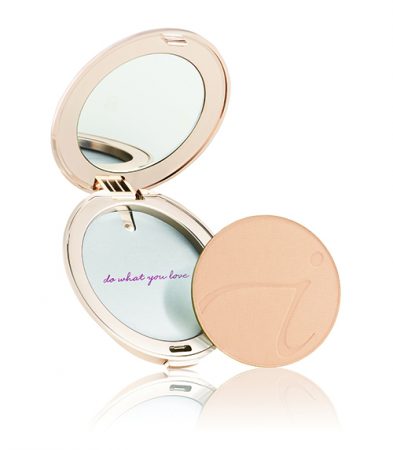
There are 658 consumer reviews of Jane Iredale’s Pure Pressed Base on one popular beauty enthusiast website. Nearly all give the nifty compact a glowing rap. The buildable, foundation made from pure minerals was released exclusively to the medical industry in 1996.
While the range grows every year in terms of colour options (there are now 25 shades) the non-comedogenic, oil free blend remains the same, down to the infusions of pomegranate extract and pine bark extract.
“Consumer expectations are high but this powder offers everything and more: clean ingredients, SPF protection, pure pigment, excellent coverage and no preservatives, talc, nylon or corn starch – this is why it is so timeless,” says Jacqui Hollins, Jane Iredale brand manager.
“A few years ago all mineral makeup brands offered was a loose mineral powder as it was a challenge to press minerals without including chemical ingredients. We were the first mineral makeup line to create a pressed mineral foundation without using chemicals.
“People always ask: “how does Jane Iredale do it without adding fillers and other cosmetic ingredients? That’s her secret! Not all mineral makeup brands are the same, the truth truly lies in the ingredient list.”

Kate Moss once said Clarins Beauty Flash Balm was her holy grail hangover remedy, and to this day a tube is sold every 20 minutes, somewhere in the world.
The multi-tasking brightening balm was way ahead of its time when it was launched in 1980. Marketed as the ultimate perk-up for tired and stressed skin it can be used as a primer, mask or standalone moisturiser.
“Market appeal shows no signs of diminishing – it remains an indispensable asset to every girl’s beauty kit, eliminating signs of fatigue in a flash,” says Amy Wells, Clarins brand manager.
“The formula remains unchanged from the much-loved original.”
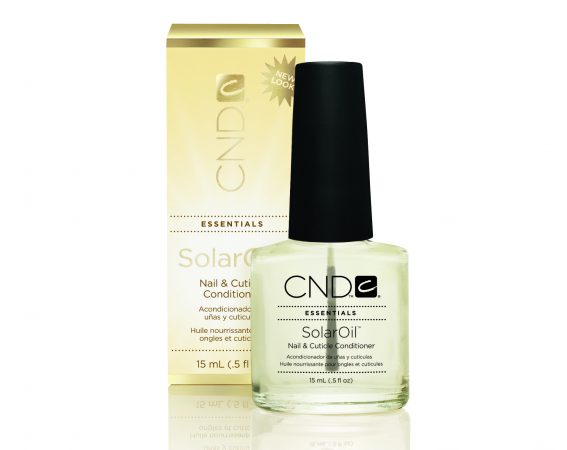
It’s not only nail artists in the know who covet CND Solar Oil, a light textured cuticle conditioner. One bottle is sold every 3 minutes somewhere in the world. It first hit the market in 1981 and the formula remains unchanged.
“The deeply penetrating blend of natural oils, including vitamin E and jojoba were designed to help nails hold colour and enhancements better, keep hands soft and supple and reduce the signs ageing,” says Danelle Barr, spokesperson for CND.
“Solar Oil should be used with every nail service and for at home care. Send clients home with a bottle to make your manicures look and last even better.”

Before oil cleansers became hot property on the retail market just a couple of years ago, there was HY-ÖL from luxury German skincare line, Babor. It is 61 years old and remains the brand’s most requested product.
Pronounced “high oil”, it is a two-phase cleansing system that is used in conjunction with a plant-based partner targeted towards a specific skin concern.
It is celebrated for being amazing at removing makeup, including waterproof mascara. It is super gentle and suitable for all skin types.

